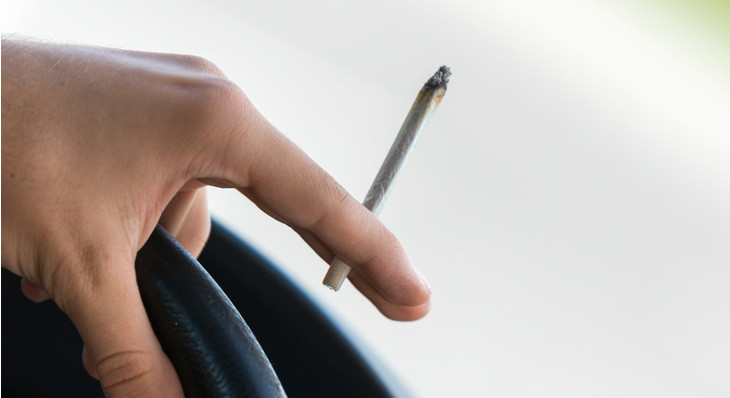-
Tips for becoming a good boxer - November 6, 2020
-
7 expert tips for making your hens night a memorable one - November 6, 2020
-
5 reasons to host your Christmas party on a cruise boat - November 6, 2020
-
What to do when you’re charged with a crime - November 6, 2020
-
Should you get one or multiple dogs? Here’s all you need to know - November 3, 2020
-
A Guide: How to Build Your Very Own Magic Mirror - February 14, 2019
-
Our Top Inspirational Baseball Stars - November 24, 2018
-
Five Tech Tools That Will Help You Turn Your Blog into a Business - November 24, 2018
-
How to Indulge on Vacation without Expanding Your Waist - November 9, 2018
-
5 Strategies for Businesses to Appeal to Today’s Increasingly Mobile-Crazed Customers - November 9, 2018
AAA: Fatal crashes involving marijuana double after state legalization
The percentage of drivers involved in fatal crashes who had recently used marijuana more than doubled, from eight percent to 17 percent between 2013 and 2014.
Advertisement
Public safety concerns will nearly certainly be part of the political debate leading up to Florida’s November vote.
“The increase in traffic deaths resulting from marijuana use is scary”, said Tiffany Wright, President of AAA Carolinas Foundation for Traffic Safety.
Mary Maguire, public affairs and legislative director for AAA Northeast, said the study “sends up a red flag” for states considering whether to legalize recreational marijuana. Drivers who get behind the wheel while impaired put themselves and others on the road at risk, the study said.
Right now, there is no scientific procedure to determine if one is currently impaired by marijuana or simply having taken it at some point in the past.
Marijuana is not metabolized in the system in the same way as alcohol.
“We are very new to the drugged driving scene”. It was found that drivers can have a low level of THC (the active ingredient in marijuana) in their blood, and still be unsafe behind the wheel, while others with high levels may not be as risky.
“The major takeaway of this study is we want to create awareness among drivers that marijuana can impair safety”, said Maguire in a phone call with Boston.com. THC may remain in a person’s blood long after they have ceased feeling any effects of the drug, while a person who is still actively stoned might test well below their state’s threshold for drugged driving. For instance, 55.5 percent of drug-free people passed the walk-and-turn test perfectly, while only six percent of the pot smokers managed that.
The AAA safety foundation’s recommendations apply to Colorado, Montana, Nevada, Ohio, Pennsylvania and Washington. The legislation seeks to set a DUI limit of “5 ng/ml or more of delta 9-tetrahydrocannabinol”.
The study also found that there is now no reliable test to determine the amount of marijuana in the blood stream that leads to driver impairment, reports CBS News’ Kris Van Cleave. So while a person with a blood-alcohol level of. If someone is a regular marijuana user, the levels can be high even if they have not smoked prior to being tested.
· High THC levels may drop below legal thresholds before a test in administered to a suspected impaired driver. 12 – the average median blood level found in most drunk driving cases – raised the risk by about 15 times.
In North Texas, there’s proof marijuana use has been linked to serious crimes.
Behavioral or physiological signs that a driver is impaired.
A third AAA study focuses on the distinction between “THC-involved driving” and THC-impaired driving, finding no clear relationship between THC blood levels in DUI arrestees and performance on roadside sobriety tests (the walk-and-turn test, one-leg-stand test, and finger-to-nose test).
“Marijuana can affect driver safety by impairing vehicle control and judgment”.
Advertisement
AAA recommends that states use a two-component system.





























